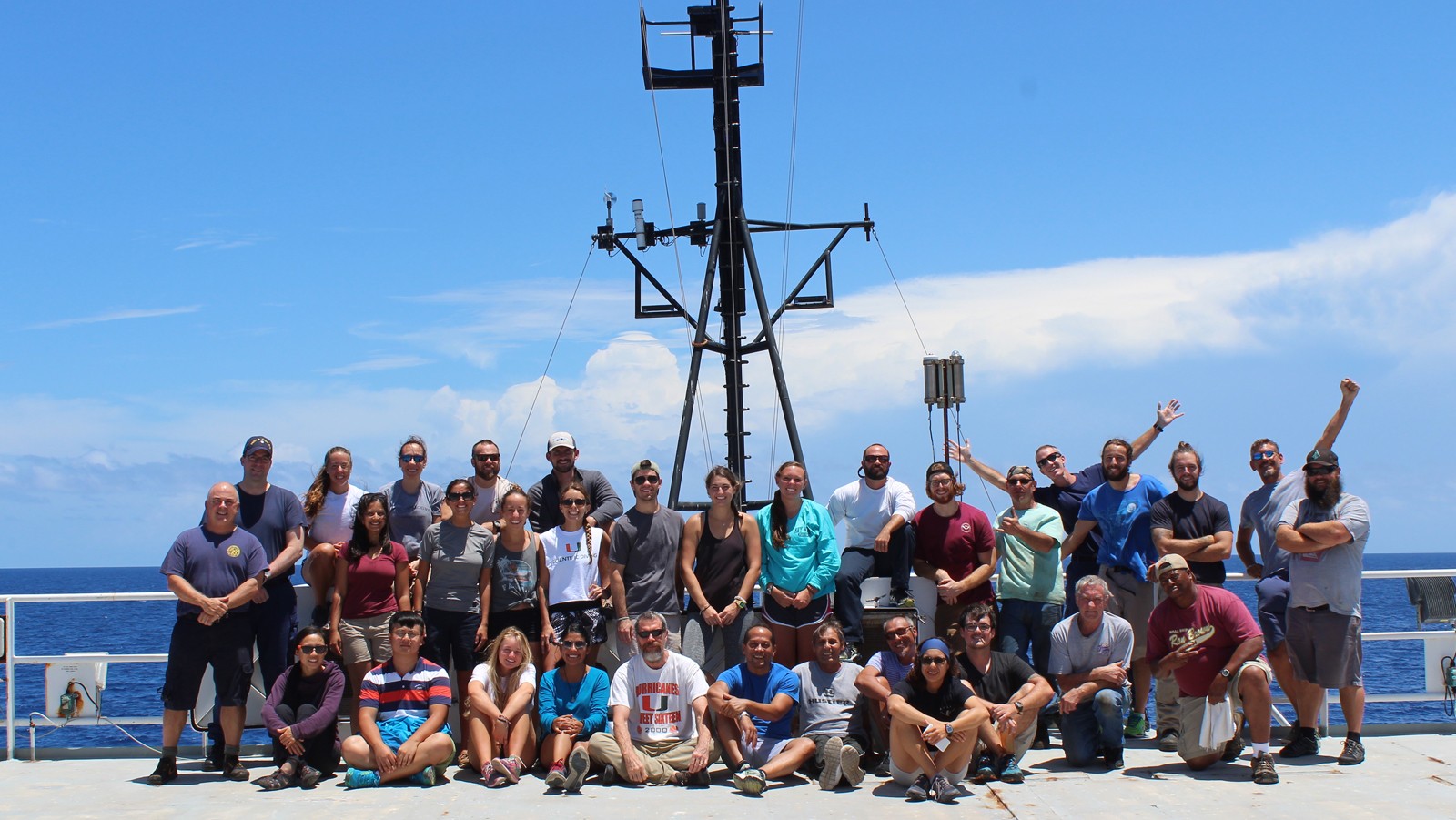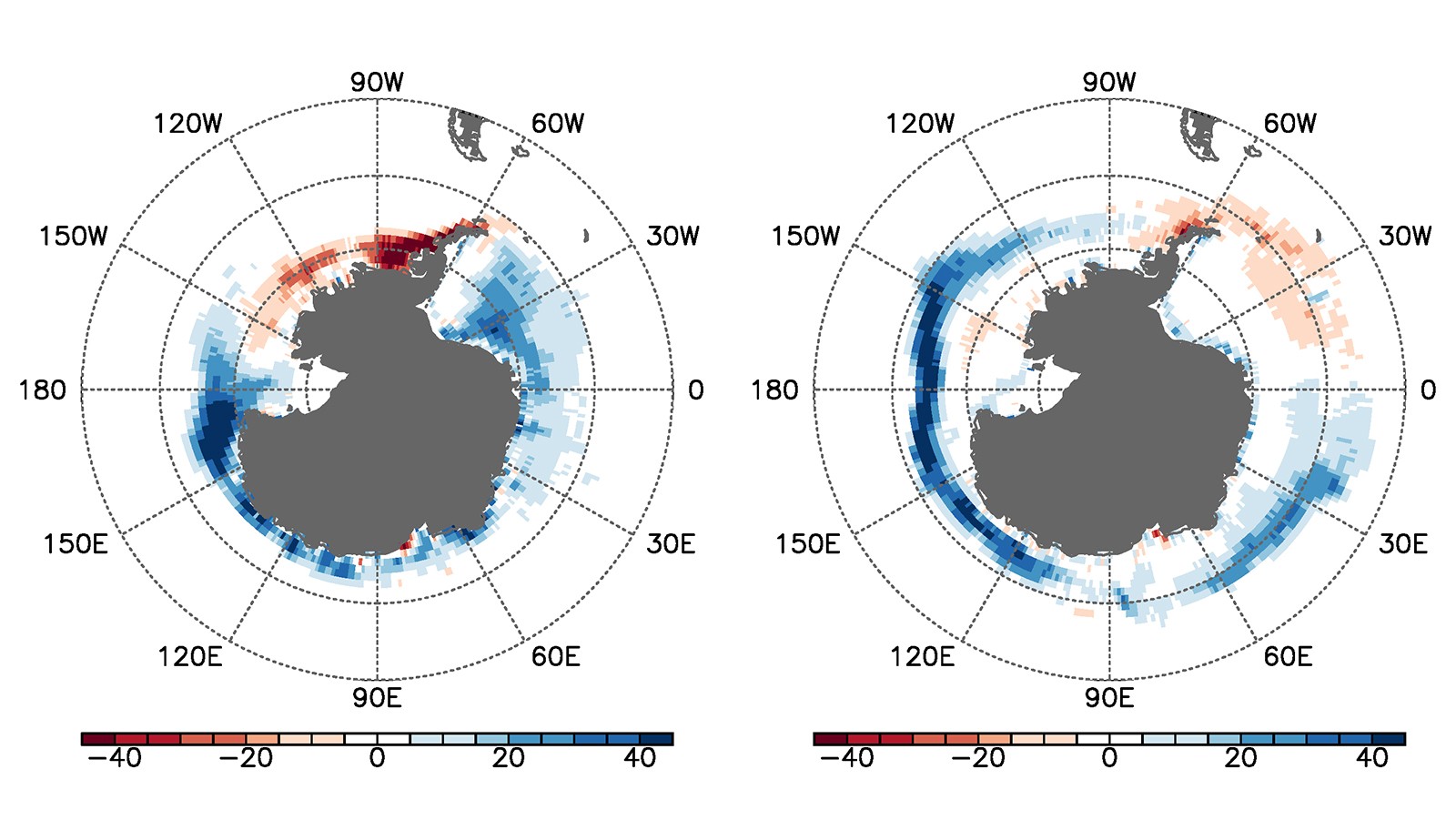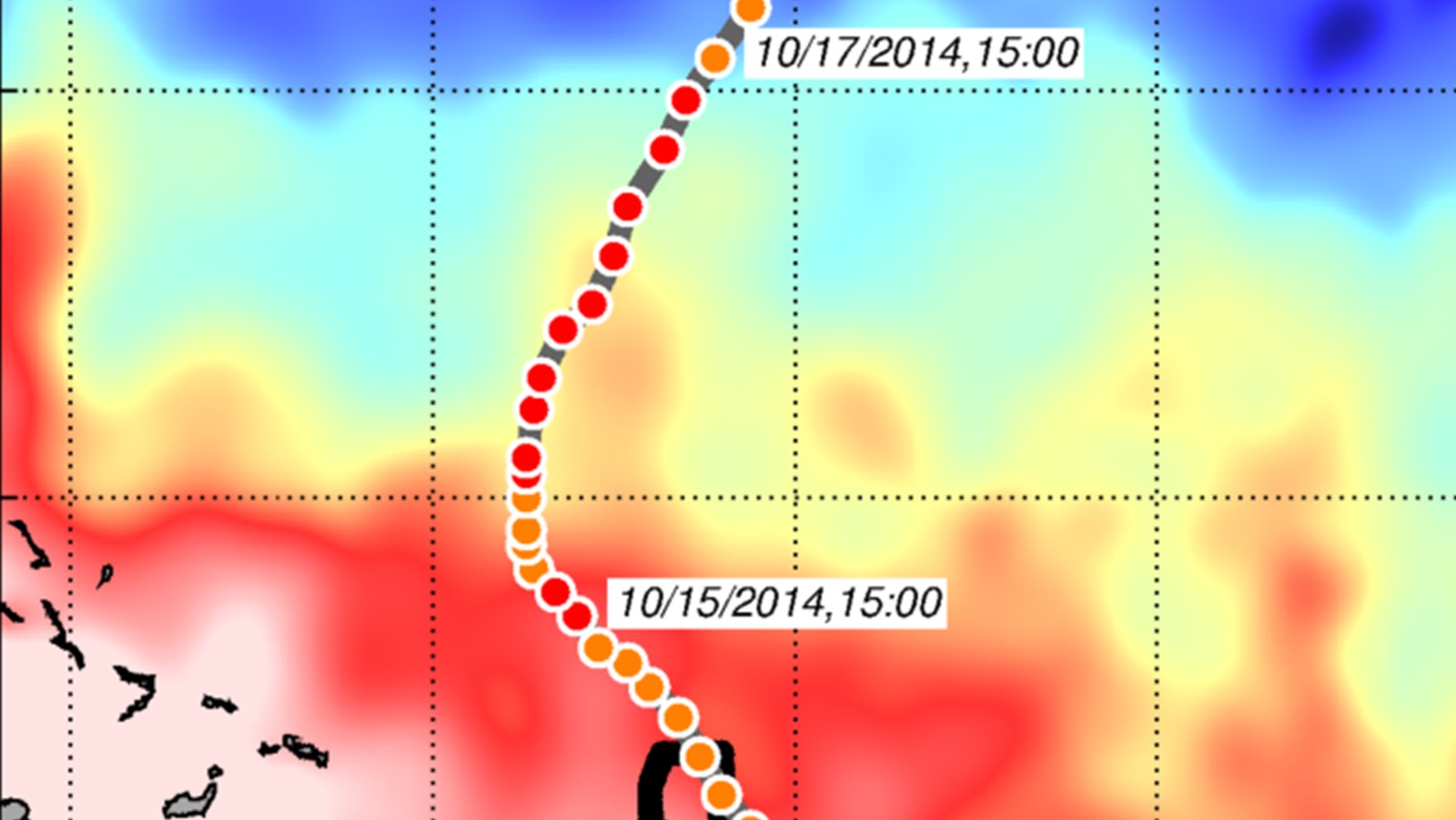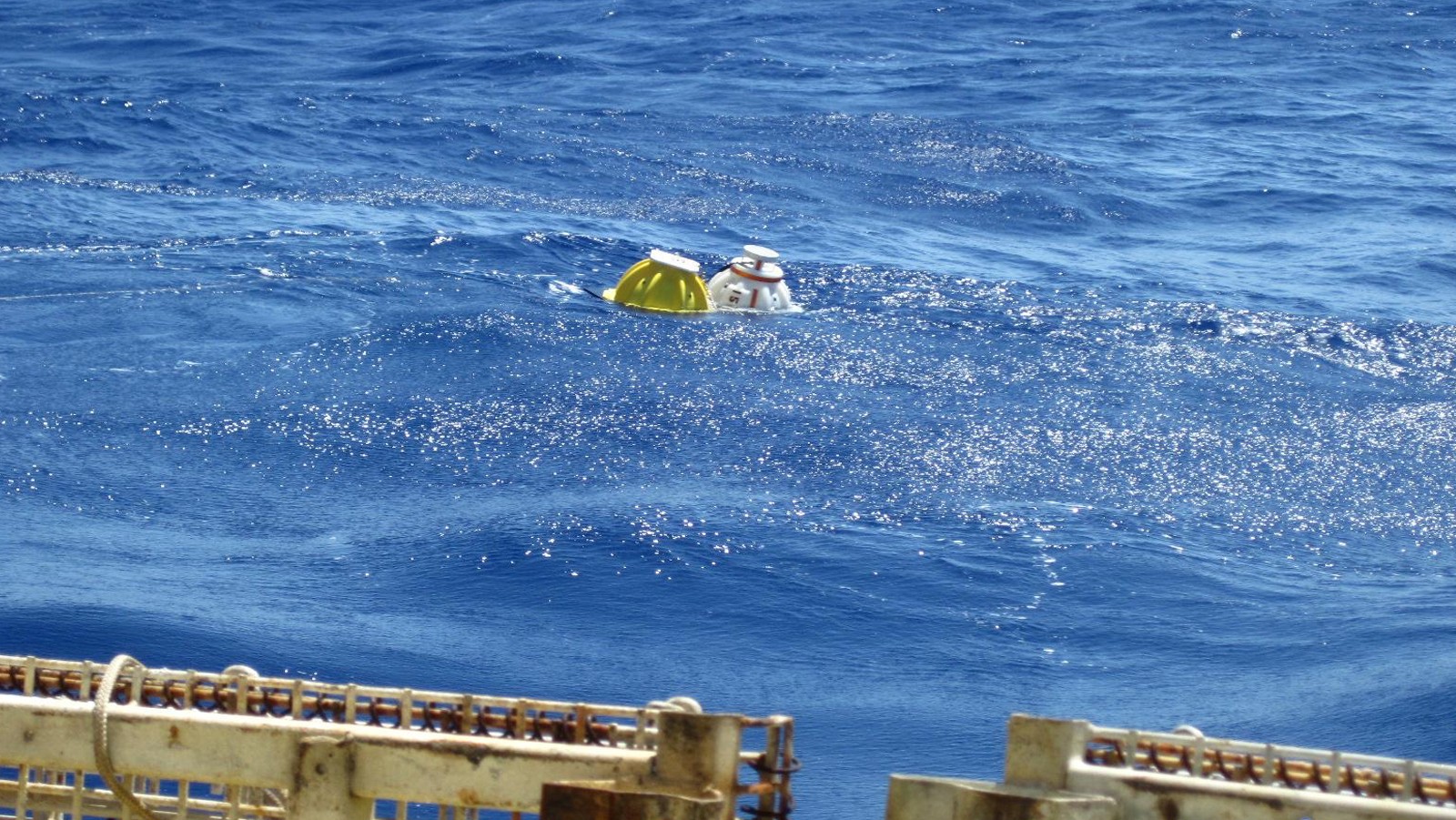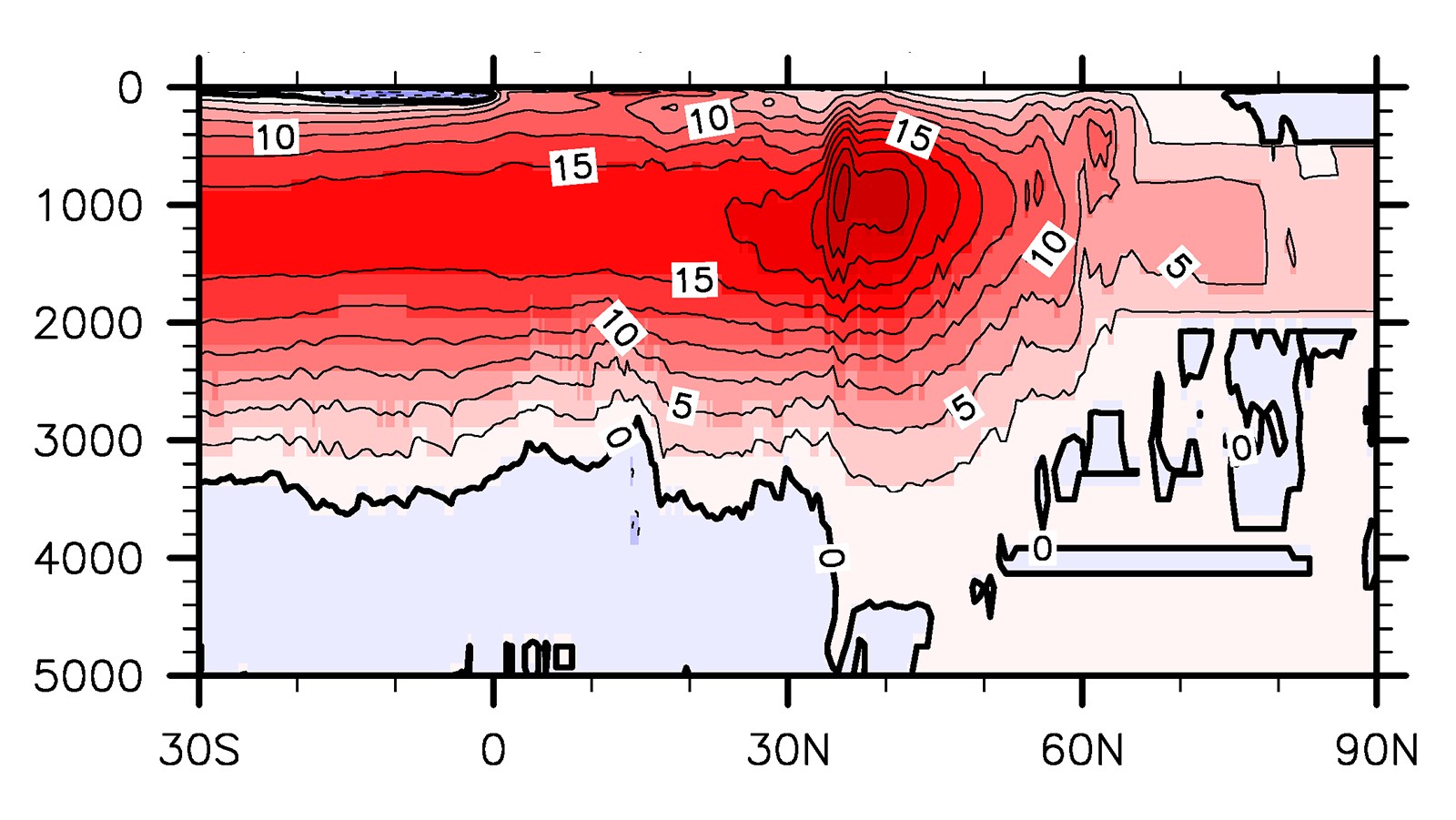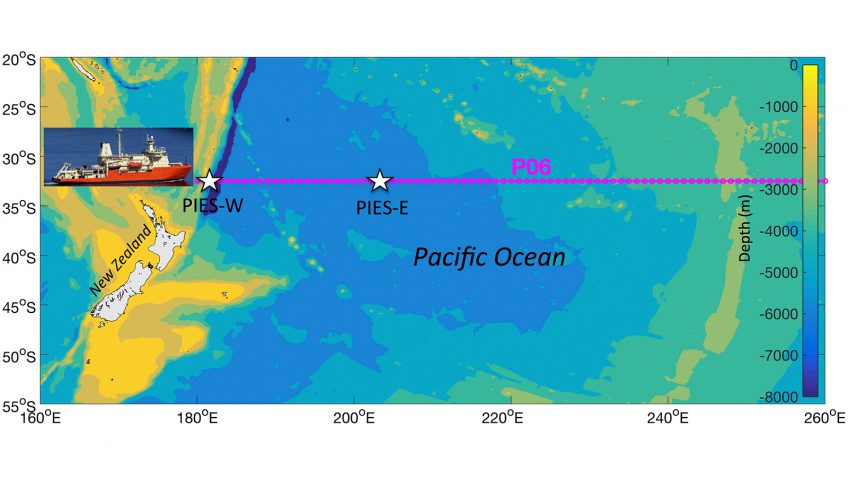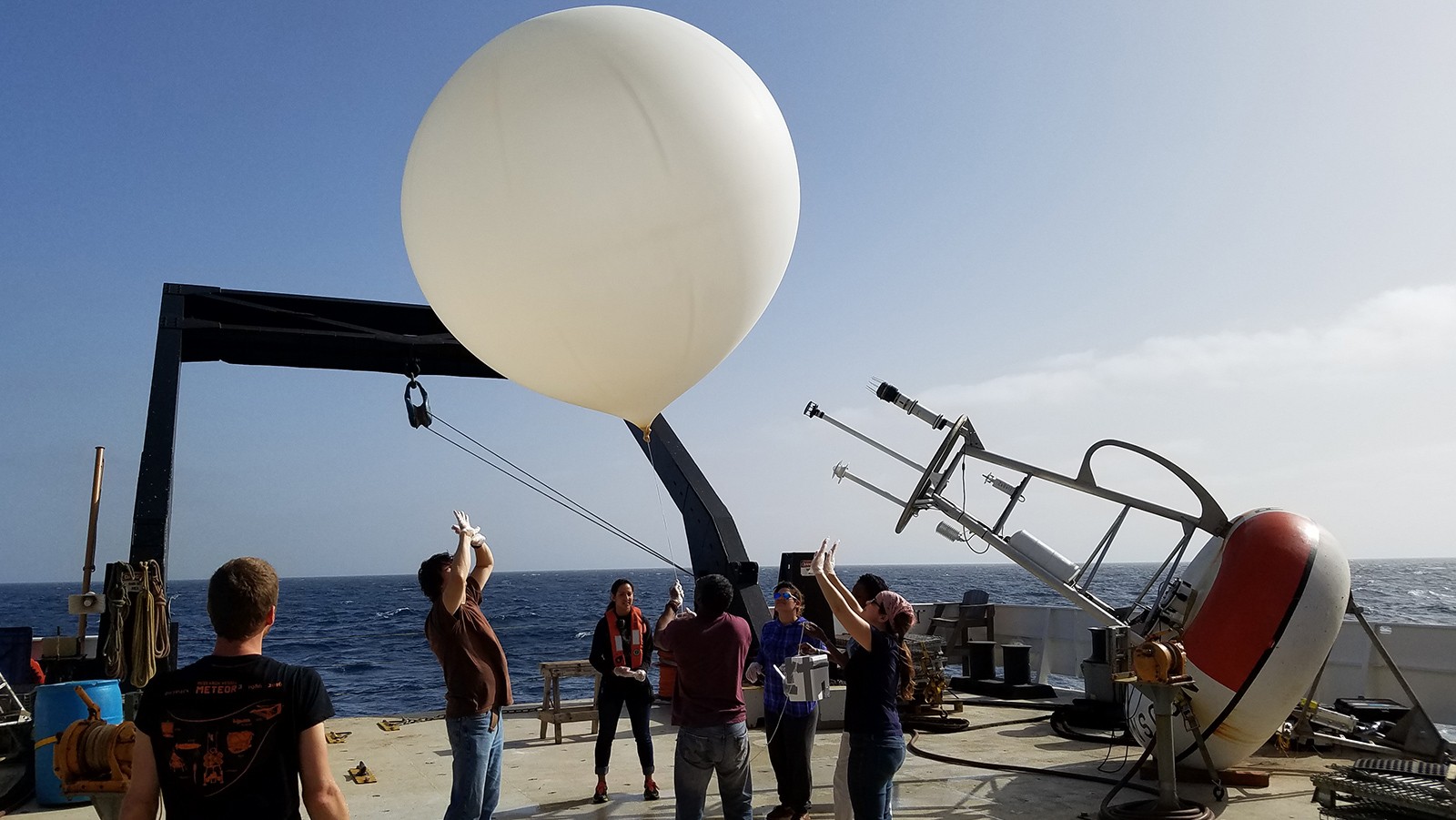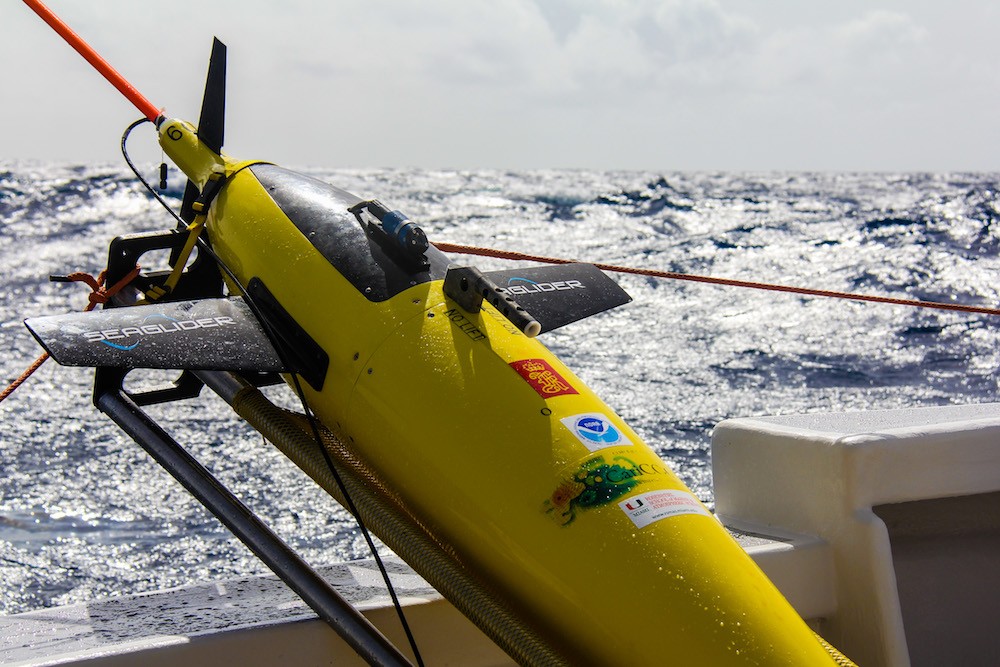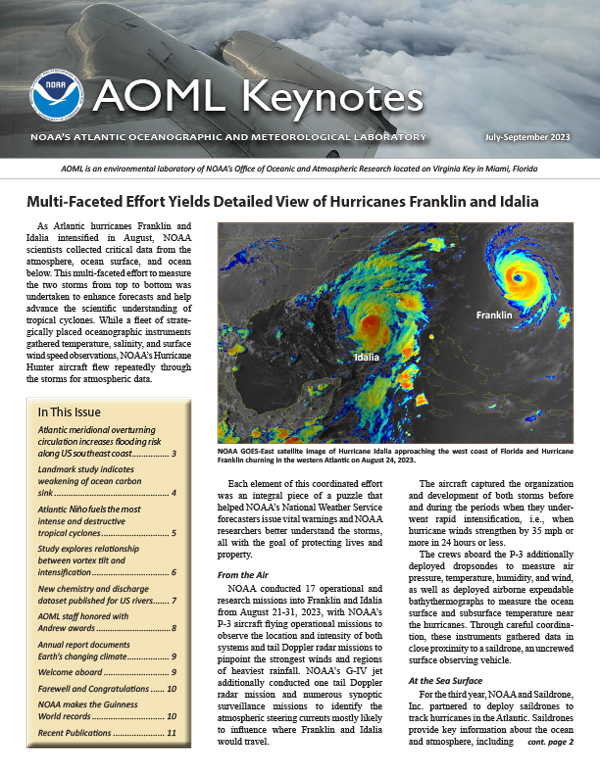GOMECC-3 Cruise
AOML scientists have returned from the third Gulf of Mexico Ecosystems and Carbon Cycle cruise (GOMECC-3), which took place to perform a large-scale survey of ocean acidification trends and dynamics in the Gulf of Mexico aboard NOAA ship Ronald H. Brown from July 18 through August 21, 2017.
